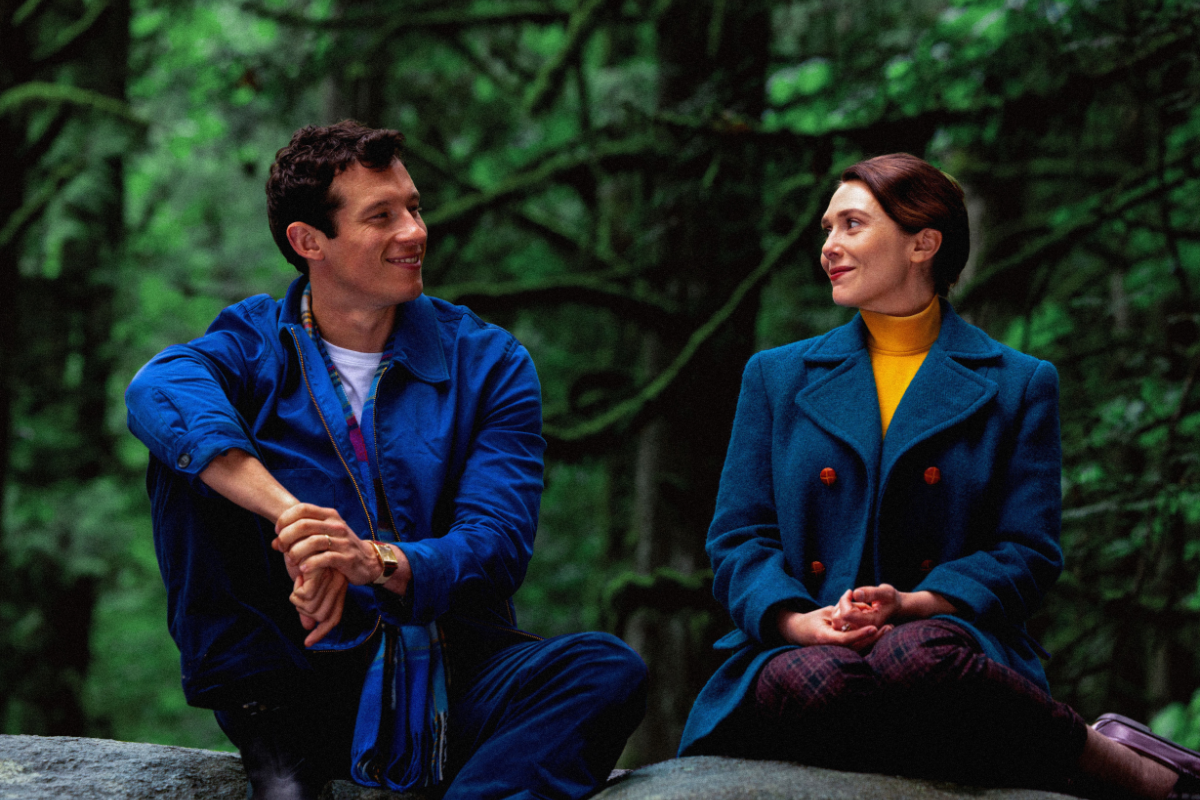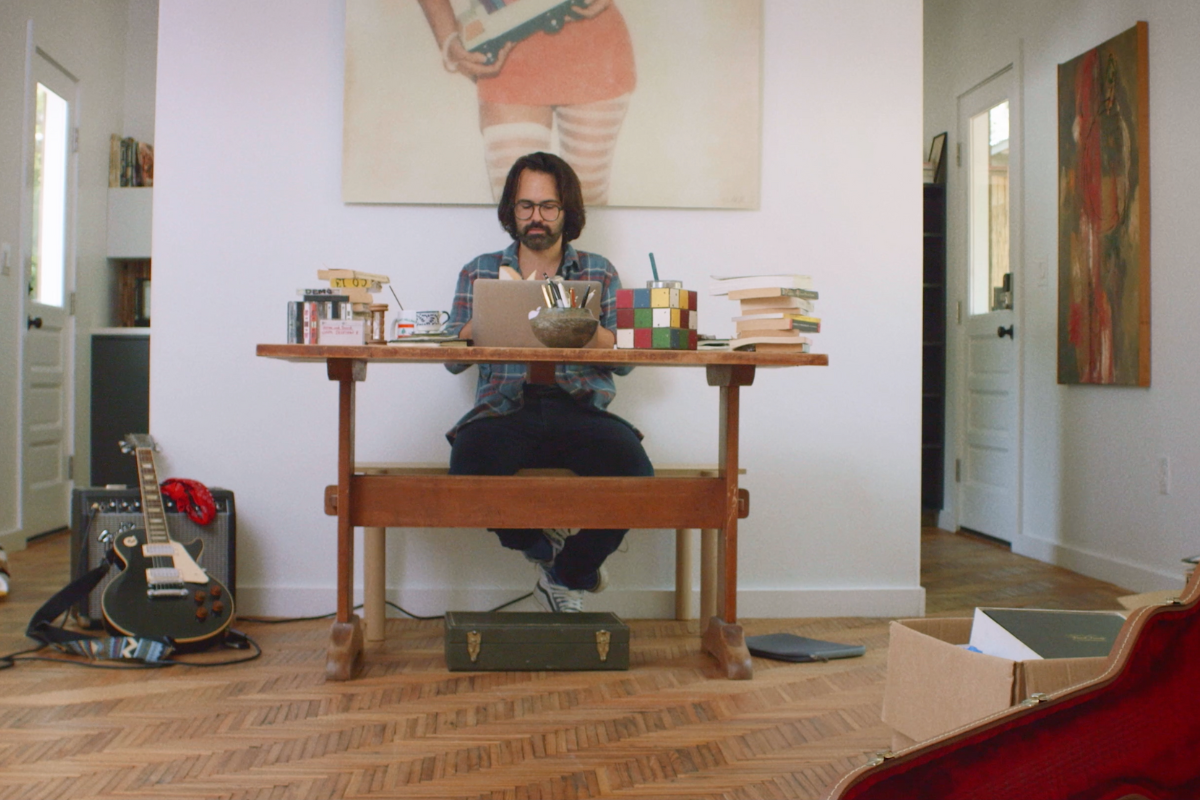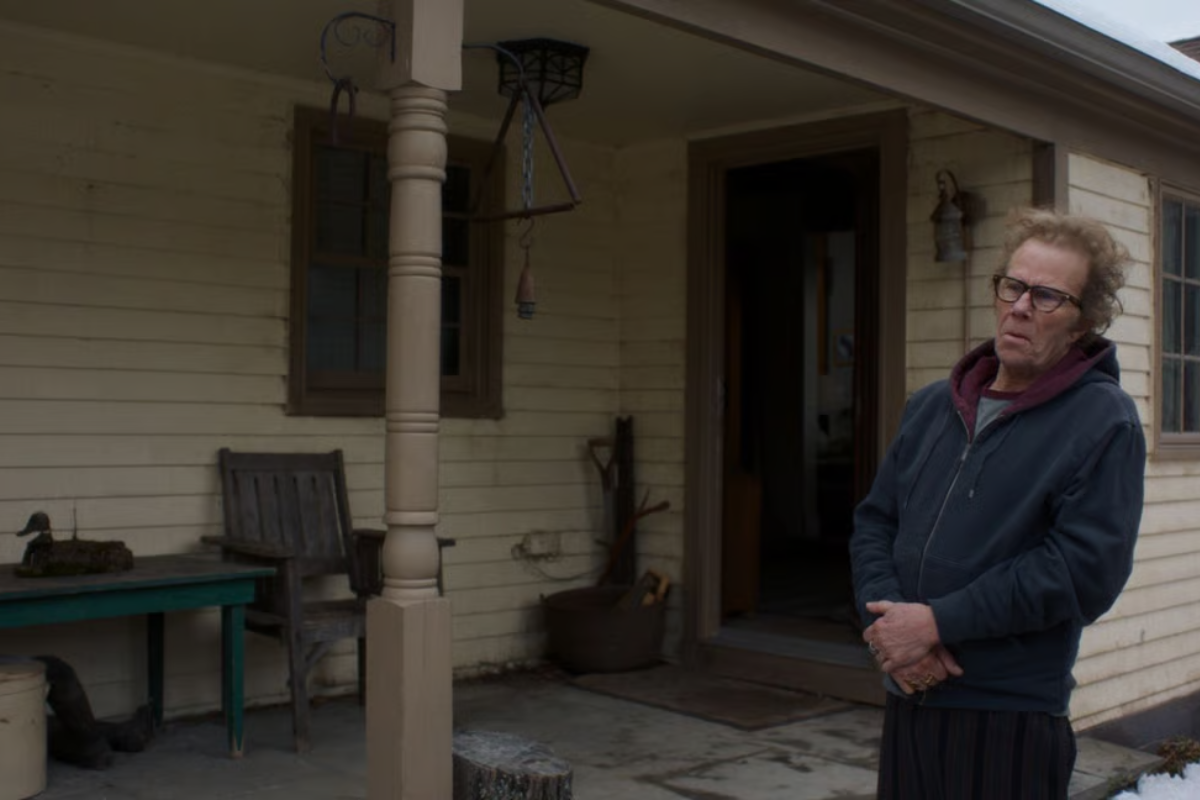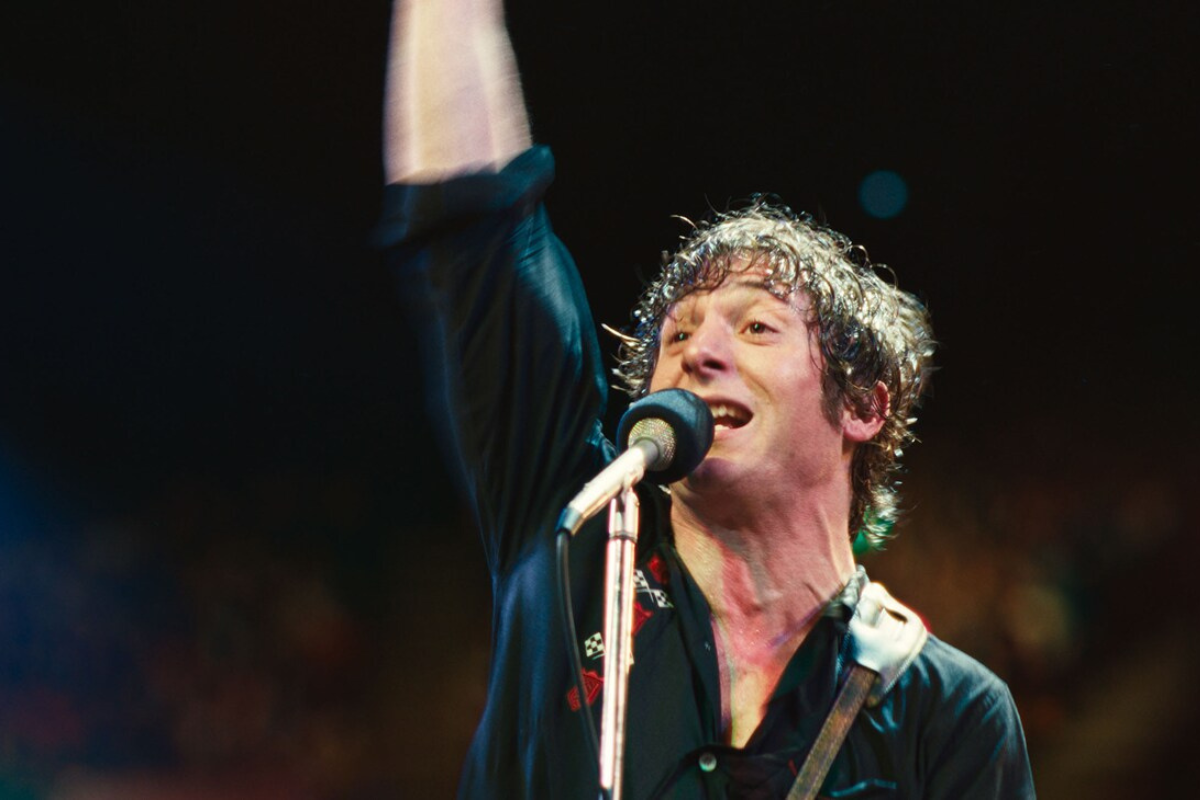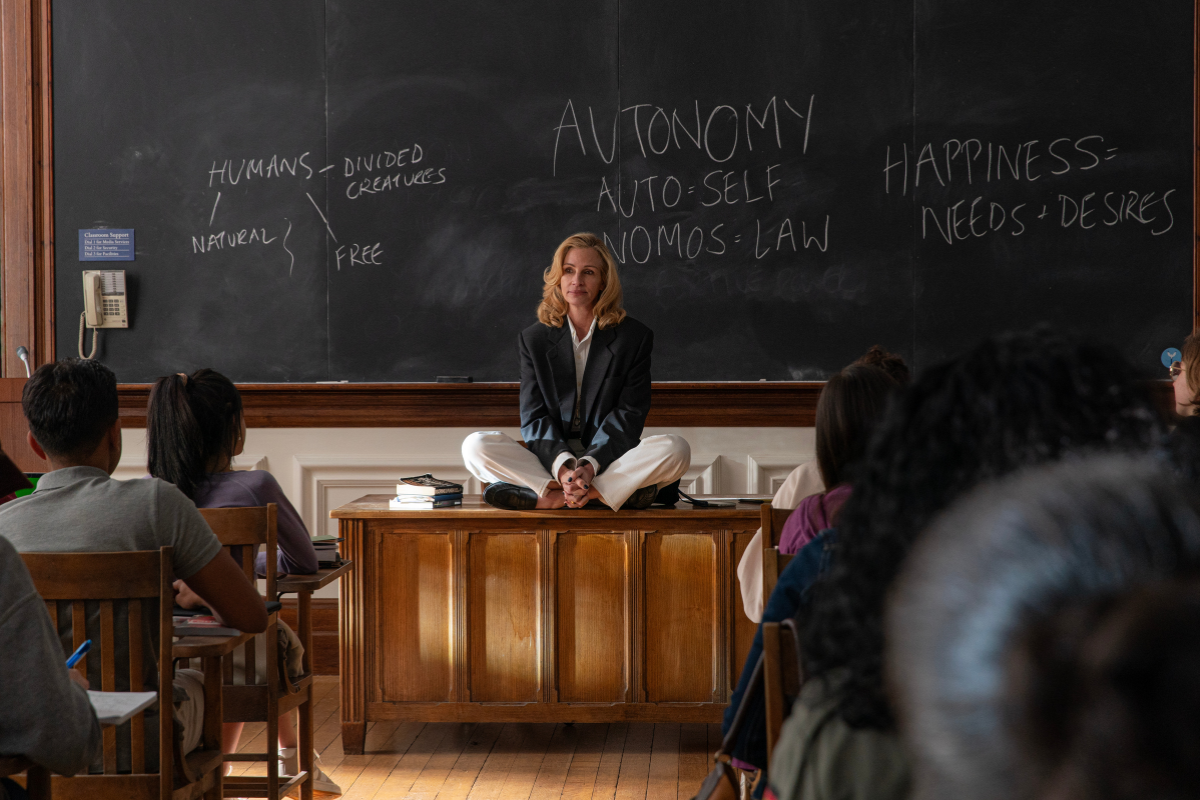Writing Effective, Unbiased Narration for Documentaries
While narrators are used to bridge gaps and provide context in documentaries, they can also lend gravitas, levity, pathos, or whatever mood the filmmaker wants to convey. That doesn’t necessarily make them biased or unreliable narrators.
While some critics argue that narrators can impart bias in documentaries, all you have to do is watch a few documentaries to know not everyone agrees.
“Whether or not you have a narrator has very little to do with the objectivity of a film, because the filmmaker is still forming it in whatever way they want,” says documentary filmmaker Kevin P. Miller, who is currently working on a film called A Dangerous Man. While some critics argue that narrators can impart bias in documentaries, all you have to do is watch a few documentaries to know not everyone agrees.
“It’s not a narrator’s job to editorialize the material. That’s something we guard against,” adds Jon Hirsch, SVP of Current Programming, Glass Entertainment Group, and executive producer, director, and co-writer of the six-part documentary series Lincoln: Divided We Stand, which ran earlier this year on CNN.
Tracy Heather Strain—who along with her fellow Wesleyan University faculty member Randall MacLowry recently wrote, directed, and produced American Oz, a documentary about L. Frank Baum, for PBS’ American Experience—describes narration as a means of filling a gap.
Once you’ve begun piecing together a cohesive story from your research and interview snippets, you can start to see where narration is going to be needed.
“Where do you want to underscore an important point with something poignant from the narrator? Where do you just flat out need a VO bridge to get you from one topic to the next? Or where do you need a piece of context that connects what’s happening in the mid- 1800s to what’s happening today, but you don’t have a soundbite from an interview that gives you what you need? Those are all different ways a narrator comes into play,” Hirsch says.
But it’s still important to keep the narration as straightforward as possible.
“Narration isn’t about trying to add a writerly flourish,” Strain explains. “Of course, there’s a voice there, but you’re a storyteller. It’s important that you respect the history and the reality that exists, whether you’re picking bites from interviews or scholarly works. You’re looking for themes and threads and things and weaving them all together with interview bites to craft narration that is story driven.”
MacLowry compares writing narration to authoring a book.
“If you’re writing a novel, you can be as flourishing as you want. But if you’re writing nonfiction, you need to find your own voice but you also need to take yourself out of it,” MacLowry says, adding that no matter the medium, “it’s about telling the story, not showing off your skills.”
That kind of restraint can be powerful.
Early in his career, Hirsch worked in-house at HBO Sports on the docuseries Sports of the 20th Century, 24/7, and Hard Knocks. That’s where he learned the art of writing effective narration.
“When I was doing the HBO projects, we worked with Liev Schreiber for all the narration across those sports projects,” Hirsch says. “The producers I was working with at the time—these were Emmy- and Peabody-winning producers and incredible mentors—made the point that as great as Liev is, the show is not about Liev. He’s there to help facilitate. He’s there to help button things up or create transitions. You want the narration to be in his voice as much as you possibly can when you’re writing it, but you don’t want it to be overbearing, over-the-top, or to detract from the interviews that you worked so hard to get. I’ve taken that advice through to every project I’ve ever worked on.”
MacLowry points to PBS franchises to illustrate that documentary narration can encompass many styles: “If you look at Frontline, they’re more journalistic presentations. They have a different style of narration than we would typically find in an American Experience film. And Nova or a science film is going to have a different kind of ‘style.’”
Hirsch says scripts started coming together quickly once he knew Sterling K. Brown would be narrating Lincoln.
“Sterling has a certain rhythm, a certain sensibility to his voice. We knew he’d be able to hit the highs and lows of the emotions,” Hirsch says. “We looked at our scripts and our rough scratch track narration and honed it in to make sure we were getting the best out of Sterling. It was actually easier than you would think, because we love Sterling and knew he was going to crush this. Some really tricky transitional things happened throughout this show, so there was a lot of transition lifting that the narrator had to do, and I think we nailed it.”
For similar reasons, Miller—who has worked with narrators including James Earl Jones and Judi Dench—hired British actor David Suchet to narrate Generation RX, his 2008 film about the real-life costs of prescribing powerful psychiatric drugs to children.
“I spoke with him on the phone, initially, before going to London to record him,” Miller recalls. “I knew that the film was delivering some tough data and some difficult stories, so I didn’t want someone who was too high or too low. I wanted someone professional who could deliver the news—good, bad, or indifferent—in a way people could listen to for an hour and twenty minutes. Someone who could be neutral yet engaging.”
Suchet fit the bill.
The feedback Miller received from that film was so powerful that he responded with the 2017 documentary, Letters from Generation RX, which focused on the emotional real-life stories sent in by people moved by Generation RX. He knew he needed something different from the narrator for this film.
“I got Tilda Swinton to do it,” Miller says. “She brought the same sort of quality to it, but had more tinges of sadness in her voice at times.”
While narrators are used to bridge gaps and provide context in documentaries, they can also lend gravitas, levity, pathos, or whatever mood the filmmaker wants to convey. That doesn’t necessarily make them biased or unreliable narrators.
“Narrators can absolutely affect things,” Miller says, “but in terms of reliability, I don’t believe there’s any difference between narrated and non-narrated documentaries.”
Learn more about the craft and business of screenwriting from our Script University courses!
Paula Hendrickson is a full-time freelance writer who has covered the entertainment industry for over 20 years as a regular contributor to Emmy, Variety, and Creative Screenwriting. Conducting and transcribing thousands of interviews—including conversations with some of film and television's top writers and producers—honed her strong ear for dialogue. Paula’s short plays have been selected for festivals at West Side Show Room (Illinois), Bonita Springs Center for Performing Arts (Florida), and Durango Arts Center (Colorado). Her monologue, The Dance, is included in Venus Theatre’s anthology Frozen Women/Flowing Thoughts (Palmetto Press, 2024). Website: HendricksonWrites.com. Twitter/X: @P_Hendrickson. IG/Threads: @Paula1Knit2


